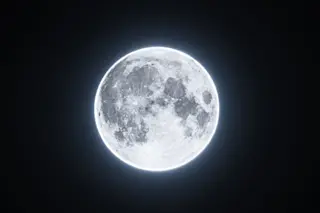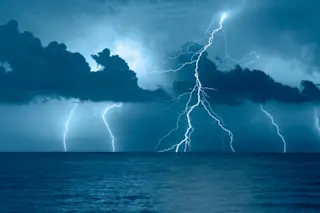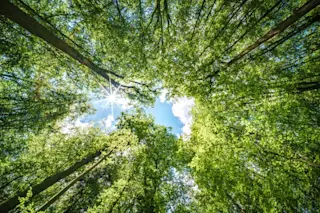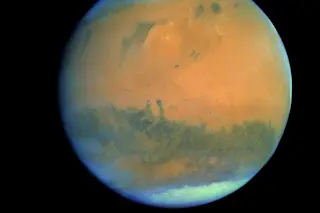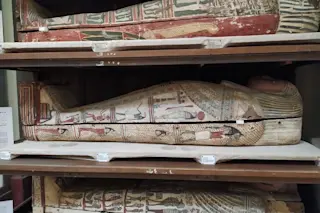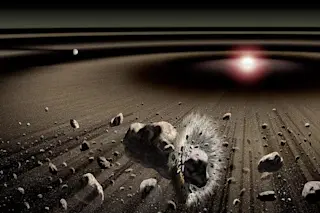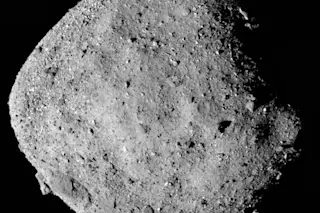How can you protect an astronaut from getting a sunburn in space?
Kids learn how chemistry can protect astronauts at England's National Space Center in Leicester. Credit: National Space Centre, Leicester 2 The Royal Society of Chemistry in London has designed a collection of hands-on chemistry experiments that kids can do to explore this question and discover the answer for themselves. The project is called Mission: Starlight. It is free and includes downloadable videos, worksheets, and instructions on how to teach four different hands-on, hour-long lessons and experiments designed for elementary and secondary school students. The project was launched in 2016 during British astronaut Tim Peake’s mission aboard the International Space Station and it includes an introductory video by the popular space explorer to help ignite the students’ imaginations. The Royal Society of Chemistry is a 175-year-old nonprofit in the U.K that brings together chemical scientists from around the world. ...


